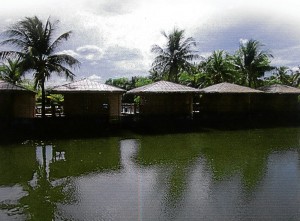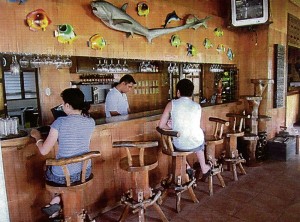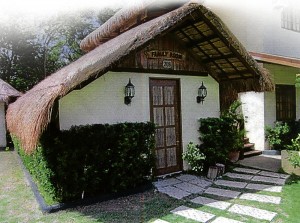How to successfully run a resort
The historical capital of Pangasinan, Lingayen, is admittedly low-profile compared to, say, bustling Dagupan or the ecodestination Bolinao.
It was in the Gulf of Lingayen that US Gen. Douglas McArthur first landed during World War II but, according to oral history, he decided to transfer his celebrated return to Leyte because there were no cameras around.
This tactic, however, did not spare Lingayen and surrounding towns from aerial bombardment and the horrors of war, as subsequent American forces landed and slugged it out with the Japanese.
Lingayen today has an impressive plaza along the gulf, with an imposing and restored Provincial Capitol constructed during the American regime, a well-documented exhibit with caption stories on the WWII battles, a Japanese warplane shot down during a dogfight, WWII cannon, public beach, and sports complex.
The leading resort in town is the El Puerto Marina Beach Resort & Spa, run by Roland and Flor Verzosa, who are engineers by training and entrepreneurs by profession.
The attractive resort has cozy and elegant hotel rooms and cottages; a fishing alley; an open-air restaurant, where soothing winds blow, specializing in fresh seafood; a swimming pool with a “monstrous” water slide influenced by Bali, aqua sports, and all the other facilities and services expected of a good resort, including bonfire on the beach.
El Puerto Marina appears to be a success. Although there are always foreigners (Europeans and Koreans) around, most of the guests are excursionists and corporate people from Metro Manila.
So how does one successfully run a resort?
“Well, first of all, it should be managed properly,” says Roland. “It’s the people (staff) who are really making the resort successful. And after that, good marketing, so that people will come. You can have a very nice resort but people will not come unless it’s known.”
Flor points out, “During summer we have lots of guests, so no problem financially, company-wise. But we try to control and monitor the costs, so that during the rainy season, the lean months (June up to October-November), the sales we have are enough to sustain operations. That’s one thing, we try to control the costs. And we always tell the staff to avoid waste.”
Also during the lean season, “we come up with packages and discounts to attract clients, also tours, even services like spa and use of sports facilities.”
What is truly effective, Flor enthuses, “is tying up with websites like Metro Deal, Local Roam, Deal Spot… They sell coupons at discounted rates. Kasi, nasa Internet na ngayon ang marketing, social marketing malakas (bullish) because everybody has a computer, Facebook… and there are online advertisements. Because that’s what people are looking for, big discounts.”
Thus, “we already earn, generate sales,” she notes. “One hundred coupons have been sold, 1,000 coupons have been sold… there are small and big packages.”
For Roland, who manages other firms, “one common denominator is customer service. That’s very important in a company.”
As he explains: “We always tell people that it is the client who pays their salaries. When I ask them that and they answer ‘you, sir’ I tell them no, it is the clients, the guests who pay for your salaries. If there are no clients, pati kami wala rin (even we will have no income).”
Roland adds: “Once you inculcate this, they will have a feeling of ownership. That’s important in a company. If they have a feeling of ownership, they will take care of the company.”
And he concludes, “I’m passionate about customer service.”




